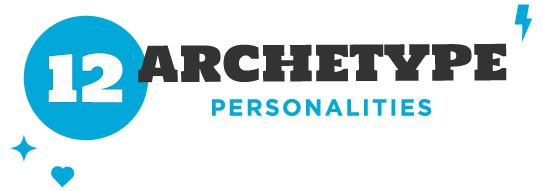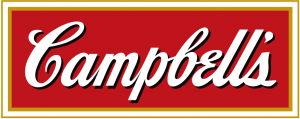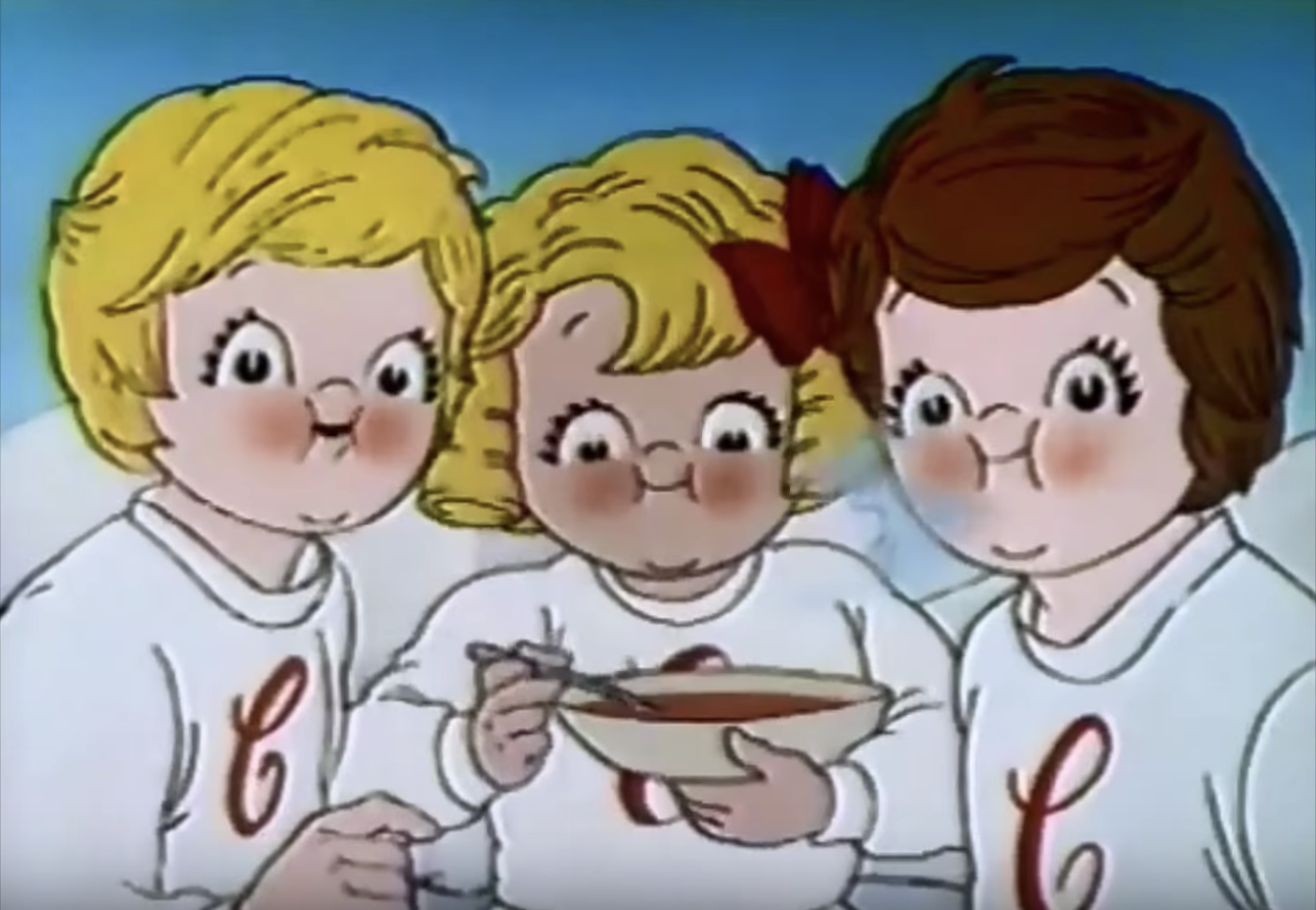
Campbell’s: The Role Model for Nurturer Brands
“Mmm Mmm Good.”
For many Americans, the red Campbell’s can bring to mind the same image: mom serving a hot bowl of soup on a cold winter night or during a sick day. The can alone evokes a comforting, loving, and safe feeling inside of most Americans. It is Campbell’s ability to evoke this emotional response that makes it the gold standard for Nurturer brands.
The Campbell Soup Company has been around since 1869, its canned soups being a pantry staple in American homes for generations. In its 150-year history, the company has made scientific and agricultural strides, including the invention of condensed soup. However, the Campbell Soup Company has grown to be more than just its traditional condensed soups. It has expanded its brand empire to include Campbell’s Chunky (thicker soups marketed towards males), Campbell’s Go (a portable soup in a microwavable container), and other brands including Goldfish (the snack that smiles back), as well as Prego, Swanson’s, Spaghetti O’s and V8, among others. In 2018, the Campbell’s Soup Company had 8.6 billion dollar net sales due to their most popular kitchen staples: tomato soup, chicken noodle soup, and cream of mushroom soup. Campbell’s products populate supermarket aisles and American pantries, with over 95 percent of U.S. households containing a Campbell product.
Campbell’s family of brands has come to embody the feeling of home. Everyone’s childhood seems to include a memory of being served chicken noodle soup by someone who loved them. We all remember slurping tomato soup with our mom’s grilled cheese or eating Goldfish as our go-to after school snack. Campbell’s soups have even become staple ingredients in so many favorite home-cooked meals. But the utility of Campbell products is not the only reason people feel so sentimental about the brand. The company has embraced their Nurturer brand archetype in all of their marketing in order to win customer’s emotional attachment.
Let’s take a look at just how they do it.

Campbell’s has embraced its age and history in its traditional, long-standing logo. The cursive font looks almost handwritten, reminiscent of a time before computers. The handwritten appearance also gives it a personal feel, like each can is a personal gift. Still, the brand logo maintains a level of professionalism. The rectangular perimeter communicates stability and security, reflecting the well-established company.
But any hint of unfriendliness communicated by that professionalism is offset by the warm red color. It lures the audience in with the expectation of ease and satisfaction.
Advertising
Campbell’s brings vivid sensory detail to its commercials and historically has focused on promoting its products to children and mothers. The hot bowl of soup feels warm and nourishing even through the TV in this famous Campbell’s winter-time ad from the 1990s. In it, the audience watches while a bowl of Campbell’s soup melts away the frozen outer layer of a snowman to reveal a young boy. In the soup, the young boy finds a remedy to the chilling effects of the outside world. There is a quick shot of the ice shrinking as it melts, followed by the satisfied smile of the boy. The audience can’t help but feel the same relaxation that the boy feels as he warms up.
The Campbell Soup kids was a famous campaign from the early 1900s that continued for decades afterward. The ads featured a set of cute, cheerful, energetic kids and one grouchy, tired kid literally named “Junk Food.” Whenever Junk Food was too tired to play with the other kids, they would helpfully point out that he didn’t have energy because he didn’t eat right. The contrast between the happy Campbell’s kids and the grumpy, lonely other spoke directly to mothers. It told them that if they wanted their children to have a fun life, they needed to feed their kids Campbell’s soup. Campbell’s aligned their soup with the idea of nurturing by showing the positive effects it has on others.
With Campbell’s Chunky Soups, the brand attempted to break through to male customers without leaving behind mothers or the brand’s own nurturing personality. In this ad, the mother of former Eagles quarterback Donovan McNabb serves the entire team Campbell’s Chunky Soup in the locker room to fulfill her role as team mom. The humor and the sports aspect appealed to men viewers, while mothers were persuaded by the sight of another mom continuing to take care of her grown son. Men can be like McNabb if they eat Chunky Soup, and mom’s can help their children grow strong by feeding them Chunky Soup. Campbell’s maintained their Nurturer persona while reaching an entirely new customer base.
Brand Voice
Campbell’s voice is kind and comforting. It uses simple language and is always other-focused. It focuses on being good for you and making you feel good. It is always loving and gentle, never aggressive or overbearing. Their voice expresses goodwill for the audience by encouraging them to do what is best for them.
Public Perception
Campbell’s age and endurance alone have made it seem like a pillar of American life, but the company has also bolstered its image through charity work. Campbell’s soup cans Labels for Education® program rewarded over $100 million dollars to schools across the country for over 43 years. It also still has a strong presence in Camden, New Jersey, its international headquarters and former site of its first canning plant. The Campbell’s Camden plant closed in 1991, cutting 1,000 jobs from local workers; yet the company agreed to give workers one week’s payment for each year of employment as well as paying in full for six months of medical benefits, and paying half the cost for another six months. The Campbell Soup Company continues to support the Camden community through the Campbell Soup Foundation, whose mission includes “increasing access to healthy food, encouraging healthy living, and nurturing Campbell neighborhoods.” Participating in programs that take care of real-life people has solidified the public’s perception of Campbell as a true Nurturer brand.
Top 3 lessons that other Nurturer brands can learn from Campbell’s?
- Embrace tradition; a recognizable logo can become familiar and nostalgic for consumers, most especially for Nurturer brands.
- Support charitable endeavors that align with your visions and values. Campbell’s support of the Labels for Education program ties in with its appeal to marketing its product to children and families.
- The “cute” factor often works well. Puppies, kids, anything that makes people smile and shows your product’s compassion is a good idea in advertising.
Could your brand be a “Nurturer” brand like Campbell’s?
Take Ardent’s Brand Personality Quiz to find out which of the 12 brand archetypes you represent.




